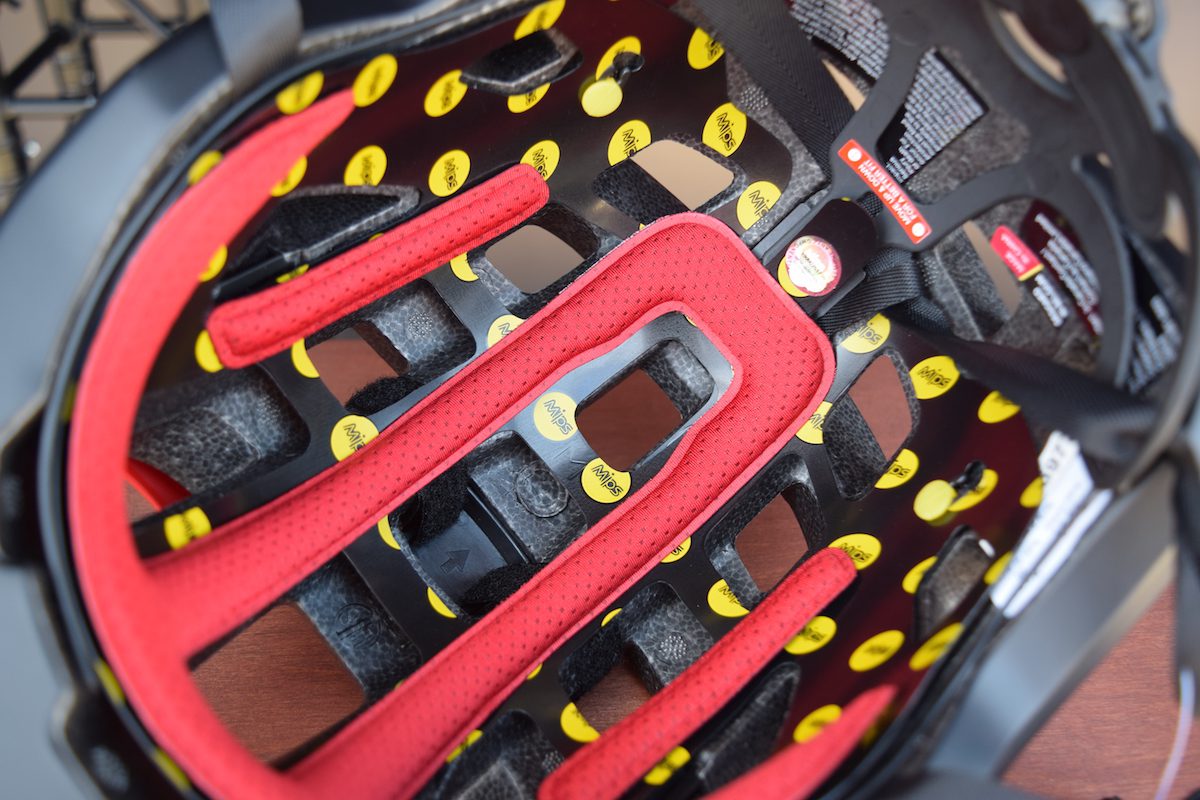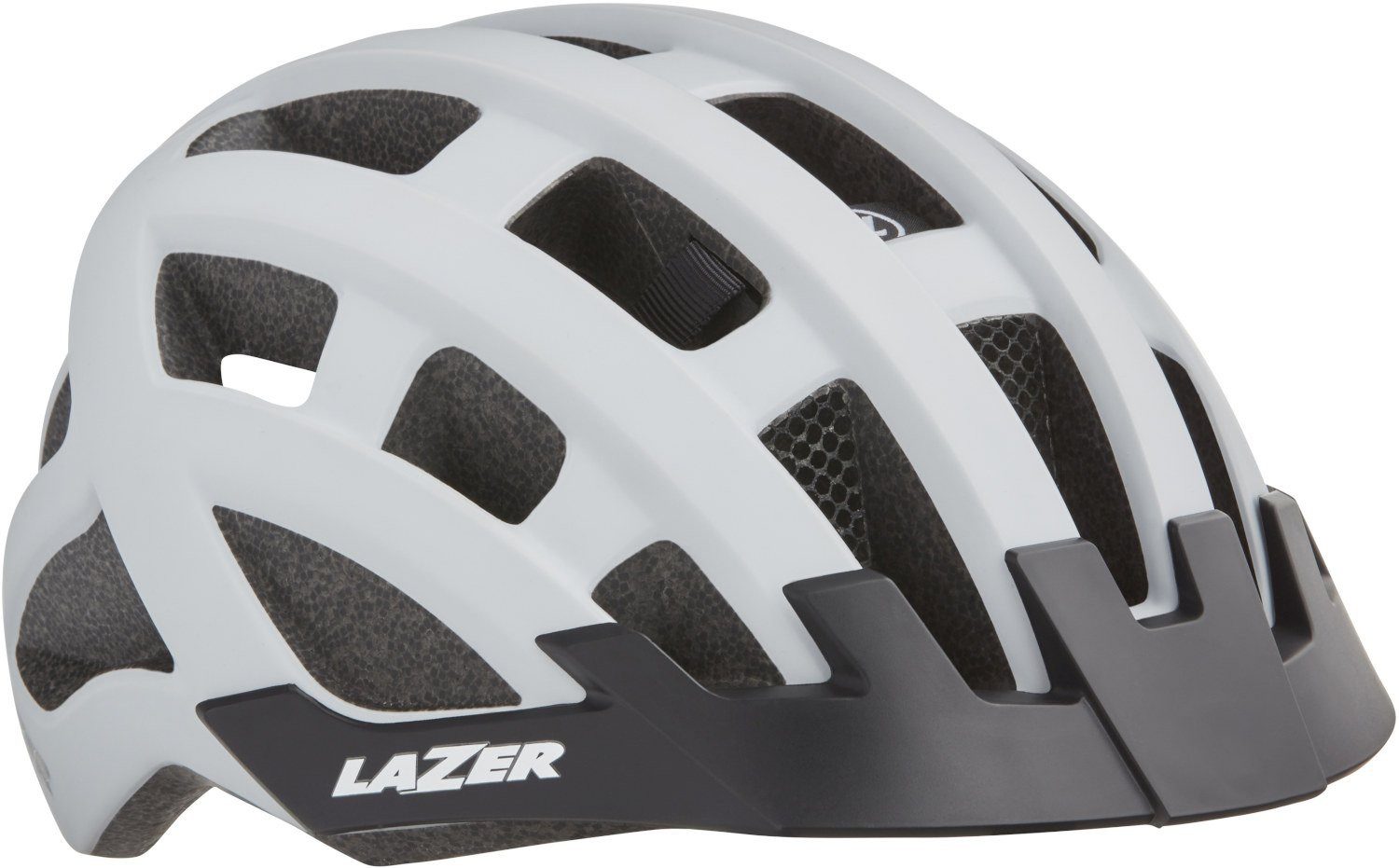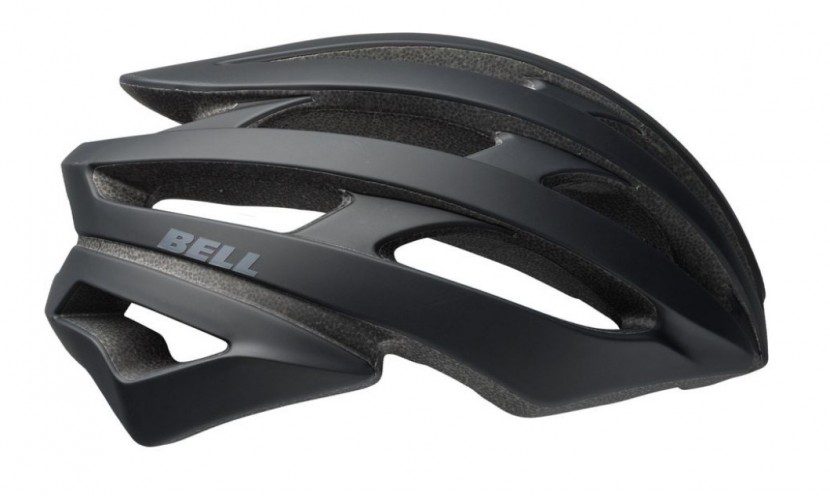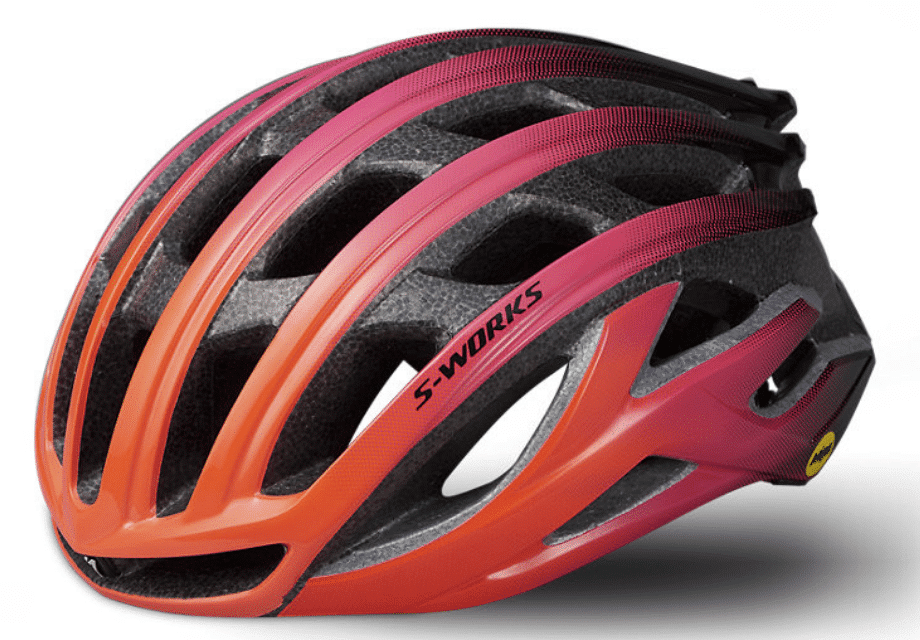Six cycling helmets that receive top safety ratings
All the Virginia Tech tested helmets that received five-star ratings use either MIPS or WaveCel for additional protection beyond EPS foam

Choosing a new bike helmet comes with a range of considerations. How does the helmet look on my head? Is it the right colour? Is it well ventilated? A big consideration is how well will this helmet protect my brain if I am in a crash. Well to make that last question easier to answer, Virginia Tech have developed an often cited safety rating system to gauge how well a cycling helmet will protect a wearers head in the case of an impact.

The best rating a helmet can get is five stars though small variations in the results mean each helmet is assigned a score with lower scores indicating the helmet offers better protection. Virginia Tech uses a series of impact tests to evaluate a cycling helmet’s ability to reduce linear acceleration and rotational velocity of the head resulting from a range of impacts a cyclist might experience. So far they have tested 64 helmets. 17 of those helmets have received the top safety rating indicating they are the best available helmets. 27 helmets have received a four-star rating which corresponds with helmets that provide very good impact protection. 16 helmets have received three-star ratings with four receiving the two-star adequate rating. No helmet receives Virginia Tech’s lowest safety rating which is simply not recommended.
It’s interesting to note, all 17 helmets that receive top scores either use Multidirectional Impact System (MIPS) or WaveCel protection technology. Here are six five-star helmets for your consideration if safety is one of the most important factor in which helmet you decide to wear.
Bontrager Specter WaveCel – $195
In early 2019, Trek and Bontrager announced a new safety technology called WaveCel which is a collapsible cellular material designed to disperse direct and rotational forces from a crash reducing the chances of a head injury. Bontrager claims the technology is 48 times more effective in preventing concussions than a traditional EPS helmet in a test they deemed was representational of a common cycling crash. In that simulated test, the helmet would have prevented a concussion in 99 of 100 impacts. The technology is bolstered by a top rating from Viginia tech with the mid-range Bontrager Specter WaveCel receiving a 10.8 safety score while the top end XXX also has five-stars and an 11.8 rating.
Louis Garneau Raid MIPS – $130
The Raid MIPS by Louis Garneau is a top-rated helmet with a 12.3 rating. This tough and versatile helmet has plenty of coverage for the back of the head. The Raid MIPS uses a Spiderlock 4D retention system that allows the wearer to adjust the helmet including the height at which it sits on your head so you can have maximum comfort and protection.
Bell Stratus MIPS – US$150
The Bell Stratus takes many of its design cues from the top-end Bell Z20 road helmet. The Stratus MIPS helmet uses a polycarbonate roll cage and is well ventilated with 18 vents for hot days and long climbs using the Overbrow Ventilation system to move air across the head. The MIPS is integrated into the float fit system. The helmet received a 12.9 rating.
Giro Synthe MIPS – $420
The Synthe MIPS is no longer Giro’s range-topping road helmet now replaced by the Aether MIPS. The Aether hasn’t been tested by Virginia Tech but the Synthe MIPS still remains one of the safest helmets tested. The Synthe uses MIPS and is designed for year-round use with 26 vents for cooling when it’s hot.
Specialized S-Works Prevail II MIPS with ANGi – $300
Specialized redesigned there top-end Prevail road helmet and the result is the Prevail II. The new helmet has a lower profile than the previous model, comes with the ANGi crash detection system which can notify someone if an impact is detected and uses MIPS SL which is a version of the technology exclusive for Specialized helmets which uses a lighter version of the technology integrated into the retention system. The helmet received a 12.7 rating.
Smith Route MIPS – $150
The Smith Route doesn’t just use MIPS tech to bolster it’s safety credentials. Also built into the helmet’s is Smith’s Aerocore construction which features Koroyd which is intended to crumple in the case of an impact in specific areas. The Smith Route received a solid 15 rating from Virginia tech making it into the select group of five-star designated helmets.

The top-rated helmet
The highest rated helmet from Virginia Tech is the Lazer Cyclone MIPS which is no longer in production. Lazer has replaced the Cyclone with the Lazer Compact DLX MIPS. Lazer says the Compact DLX MIPS tests pretty similar to the Cyclone MIPS, if not even better. Regardless, if it was made in the same vein as the Cyclone MIPS, the Compact DLX should punch above its price tag in terms of safety rating. That will only be confirmed when the Lazer Compact DLX MIPS makes it into the hands of Virginia Tech’s helmet testers. The Compact DLX is a one-size-fits-all helmet.






